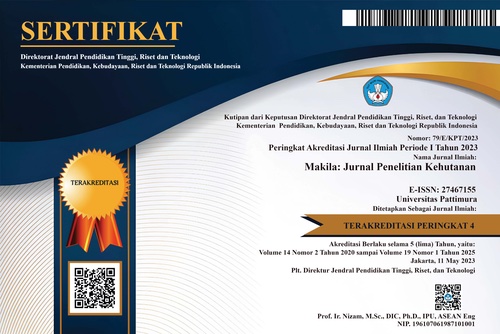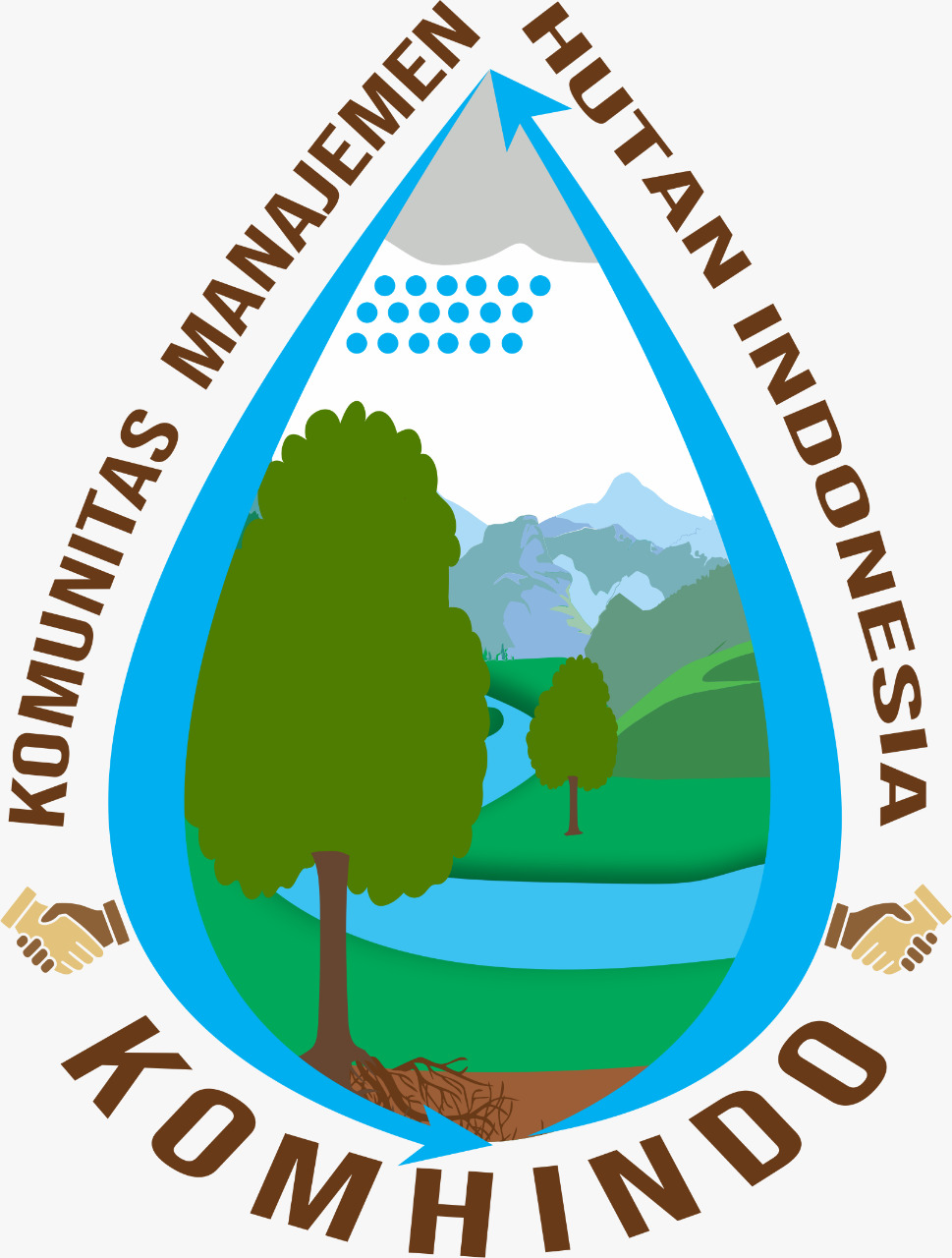Kajian Meteorologis dari Fenomena Hujan Ekstrim terhadap Kejadian Banjir di Kota Ambon
Abstract
This study investigates the meteorological factors contributing to extreme rainfall events and their relationship with flood occurrences in Ambon City. Based on a comprehensive global analysis of several atmospheric parameters, the results reveal: (1) a closed circulation pattern (streamline) over the Karimata Strait and Cenderawasih Bay, leading to the convergence and deceleration of easterly winds; (2) high atmospheric humidity ranging from 80% to 100%, coupled with warm sea surface temperatures (26–30°C), which significantly increase water vapor availability for cloud formation and development; and (3) a Southern Oscillation Index (SOI) of +10.39 and a Niño Index of -0.8, indicating the presence of a weak La Niña phenomenon that contributes to increased rainfall across Ambon City and the Maluku region. These atmospheric conditions collectively elevate the potential for hydrometeorological disasters, including severe flooding (BMKG, 2024). Ambon City, located within the Maluku Islands, exhibits a distinct local rainfall pattern that contrasts with Indonesia’s monsoonal climate, with its peak rainy season occurring from June to August, coinciding with the national dry season. This study aims to analyze the physical atmospheric conditions during extreme rainfall events and their influence on flood occurrences in Ambon City. Utilizing a descriptive-analytic approach, the research focuses on real field events to explore the underlying mechanisms driving these phenomena. The findings demonstrate a significant correlation between extreme rainfall and flood events, with atmospheric indices confirming conditions that favor intense convective activity, prolonged heavy rainfall, and subsequent flooding.
Downloads
Copyright (c) 2025 Eunike L Makaruku, Silwanus M Talakua, Pieter J Kunu

This work is licensed under a Creative Commons Attribution 4.0 International License.











